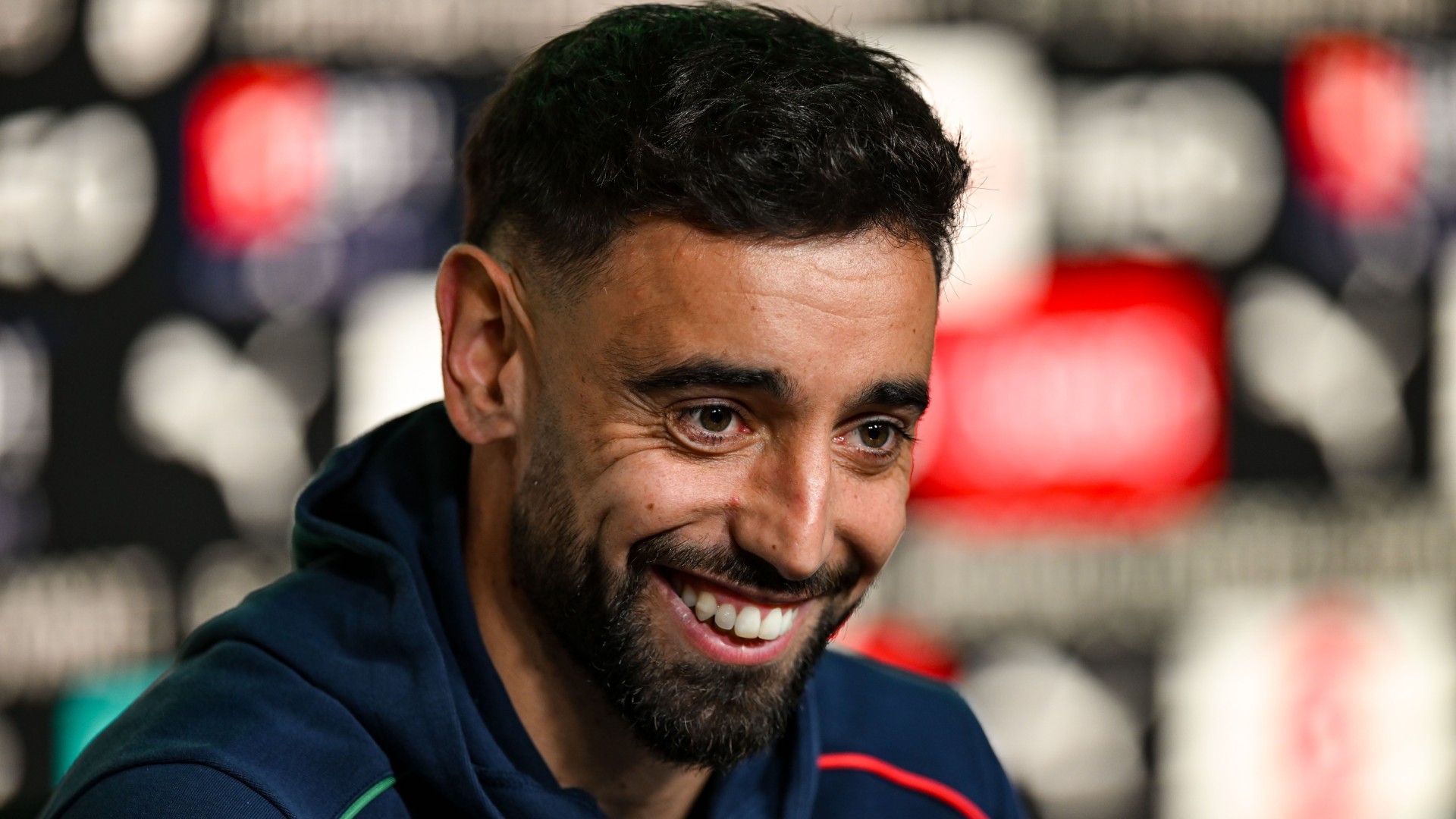Salary Cap in the Premier League? Here’s What We Know So Far
The Premier League could be on the verge of one of the most significant economic reforms in its modern history. In the coming months, clubs are set to vote on the introduction of a salary cap that would restrict how much teams can spend on player wages — a move aimed at promoting financial balance, but one that’s already dividing opinions among England’s football powerhouses.
What would the salary cap look like?
Under the proposed system, clubs would be limited to spending no more than five times the broadcast and prize revenue earned by the team finishing last in the Premier League. Based on the 2023–24 season, that would set the cap at approximately £550 million (€630 million) per club.
To be approved, the proposal would require support from at least 14 of the 20 clubs, in keeping with the Premier League’s collective voting model. The most recent example of such a process was the failed attempt to scrap VAR — which saw only Wolverhampton vote in favor.
Who supports it — and who’s against it?
According to The Times, clubs like Manchester City and Manchester United are firmly opposed to the measure, arguing it could weaken English clubs’ competitiveness in Europe, especially against teams from leagues with no similar spending restrictions.
On the other hand, mid- and lower-table clubs are reportedly in favor, believing a cap could narrow the financial gap between them and the league’s elite, creating a more level playing field across the competition.

How would it work — and what impact could it have?
The proposed model would coexist with the UEFA financial sustainability rules, which already limit clubs’ spending on wages and transfers to 70% of annual revenue. The Premier League’s plan would be slightly more flexible, setting the threshold at 85%.
Currently, Premier League teams operate under the Profit and Sustainability Rules (PSR), which prevent clubs from recording more than £105 million in losses over a three-year period, with exceptions for youth development and women’s football investments. However, those rules, established in 2013, have not been updated to account for inflation or the rising costs of the modern game.
The Professional Footballers’ Association (PFA) has also voiced concern, warning that a salary cap could directly impact players’ earnings without giving them a say in the decision-making process.
When will the vote take place?
The final vote is expected during the November clubs’ meeting, where a heated debate is anticipated. If approved, the Premier League would become the first major league in world football to implement a structured salary cap — setting a precedent that could influence the global football economy.
Regardless of the outcome, English football faces a defining crossroads: continue with its free-spending model that has made it the world’s richest league, or embrace sustainability and economic parity in an era increasingly defined by financial responsibility.






















